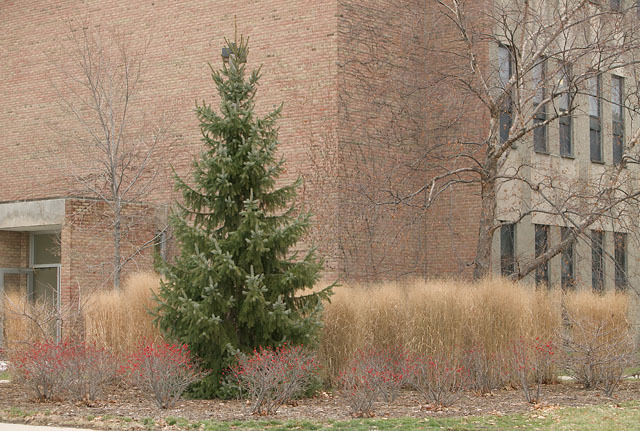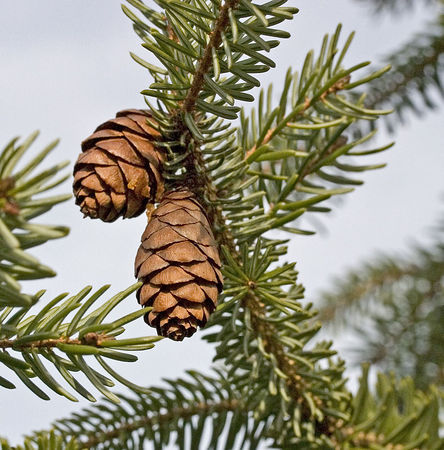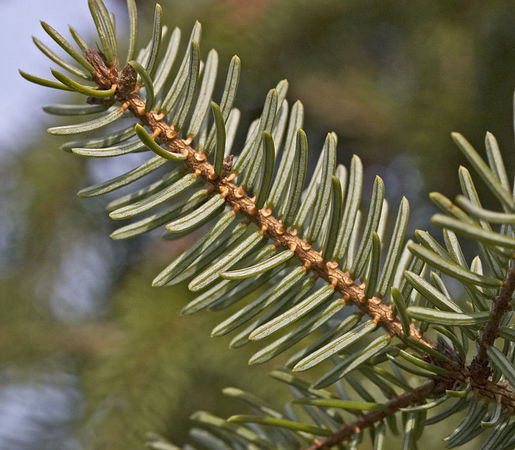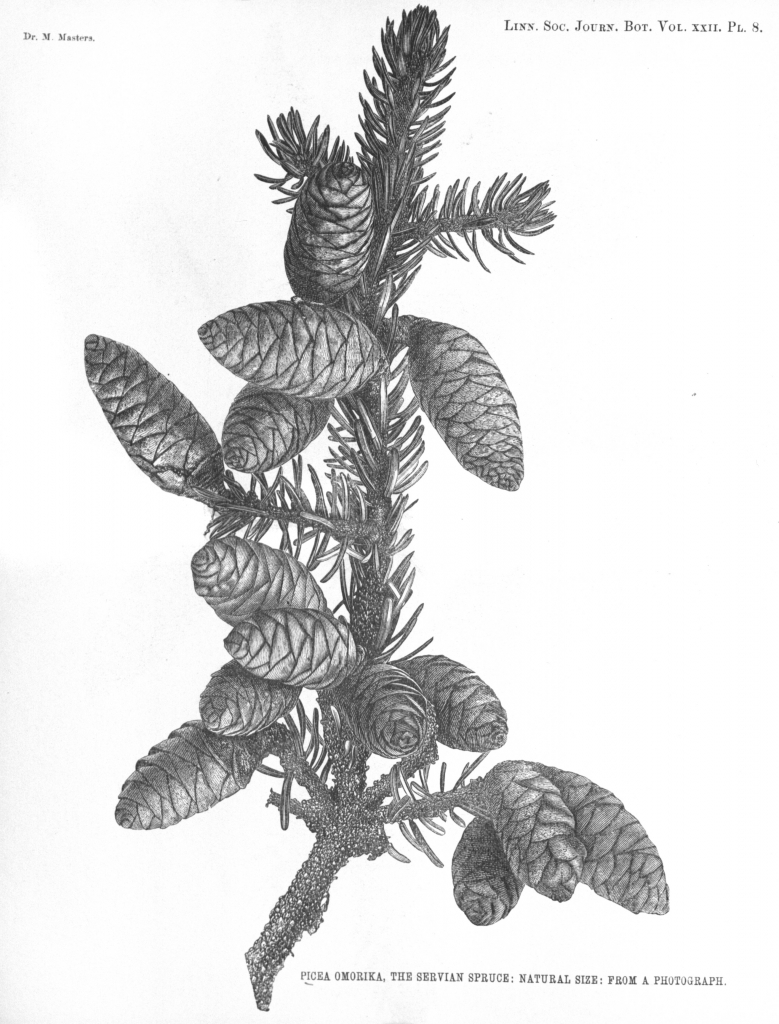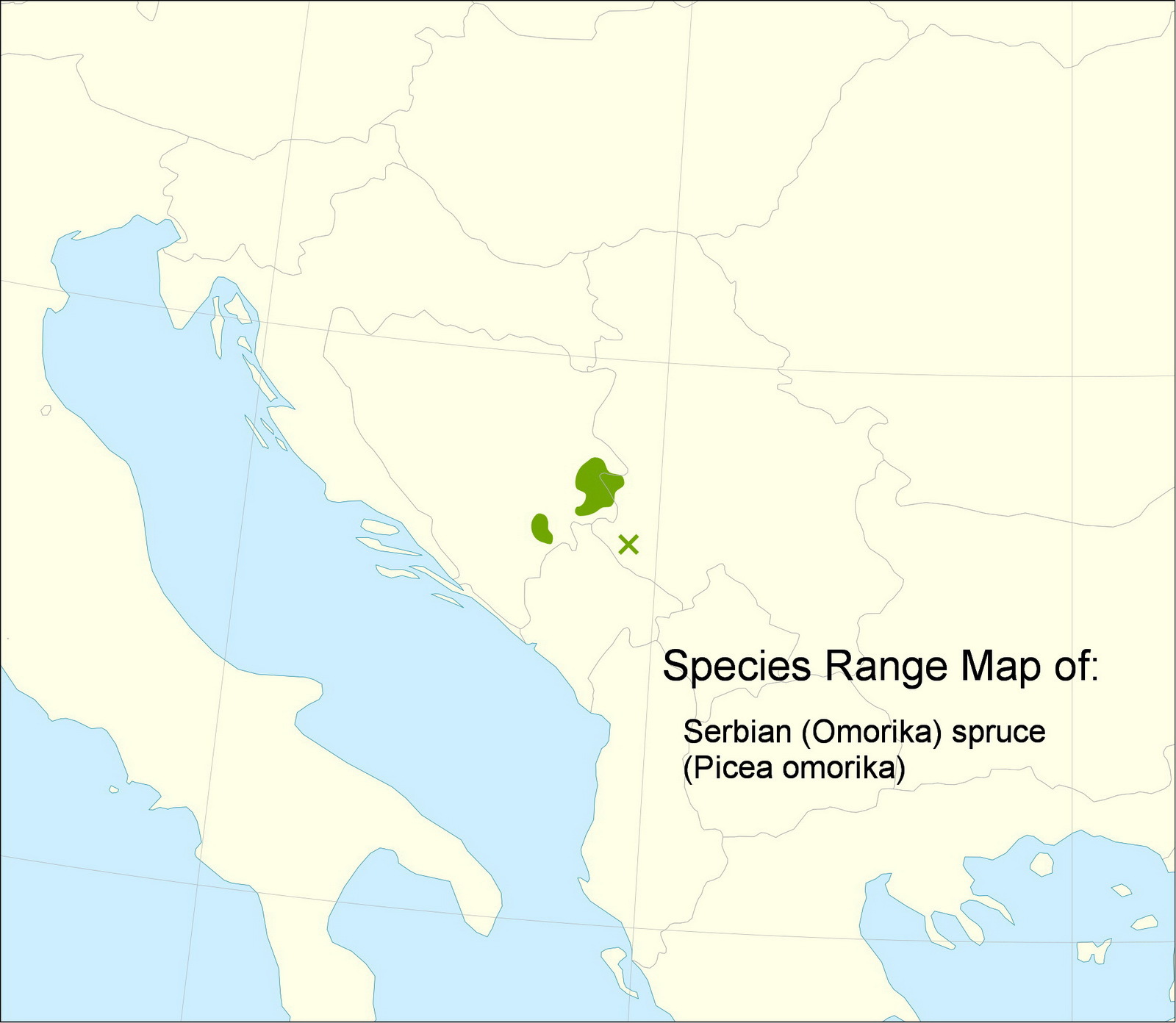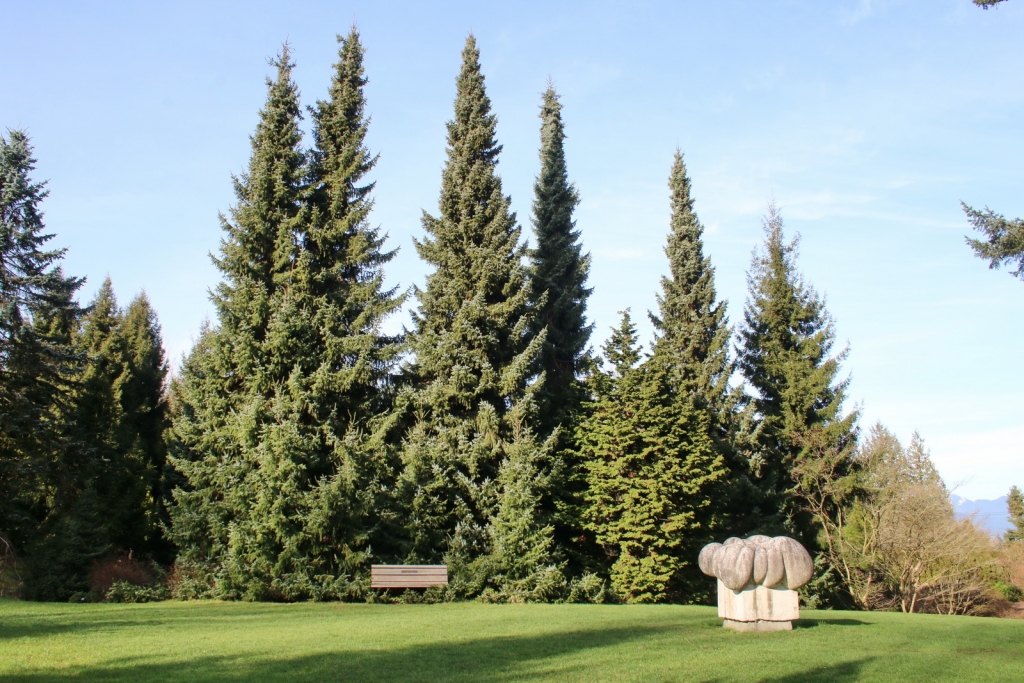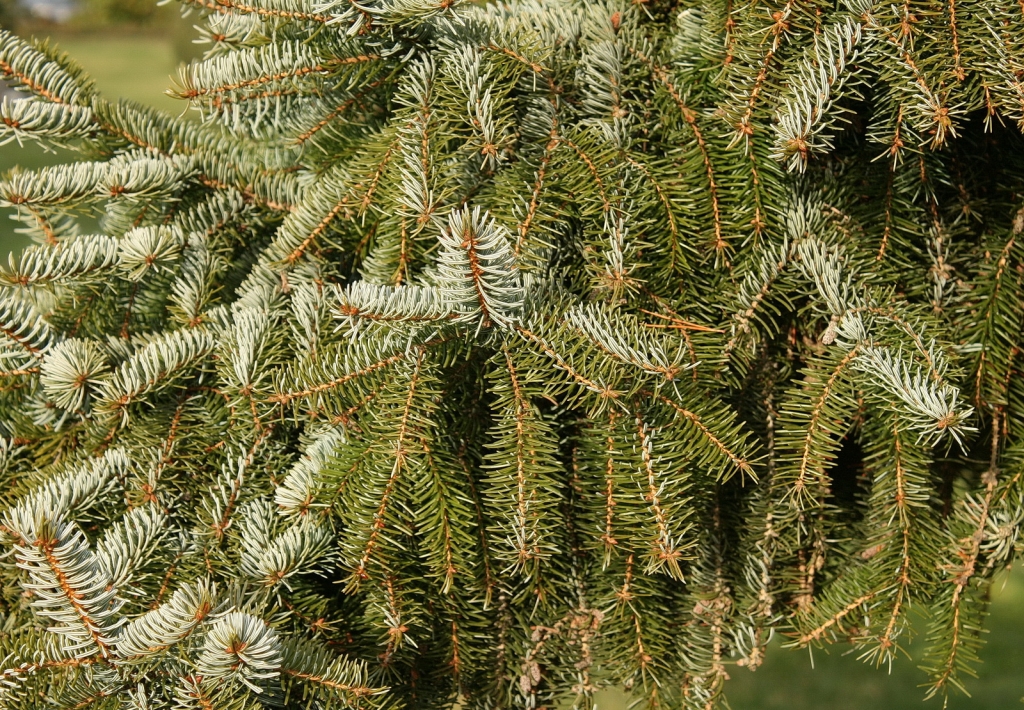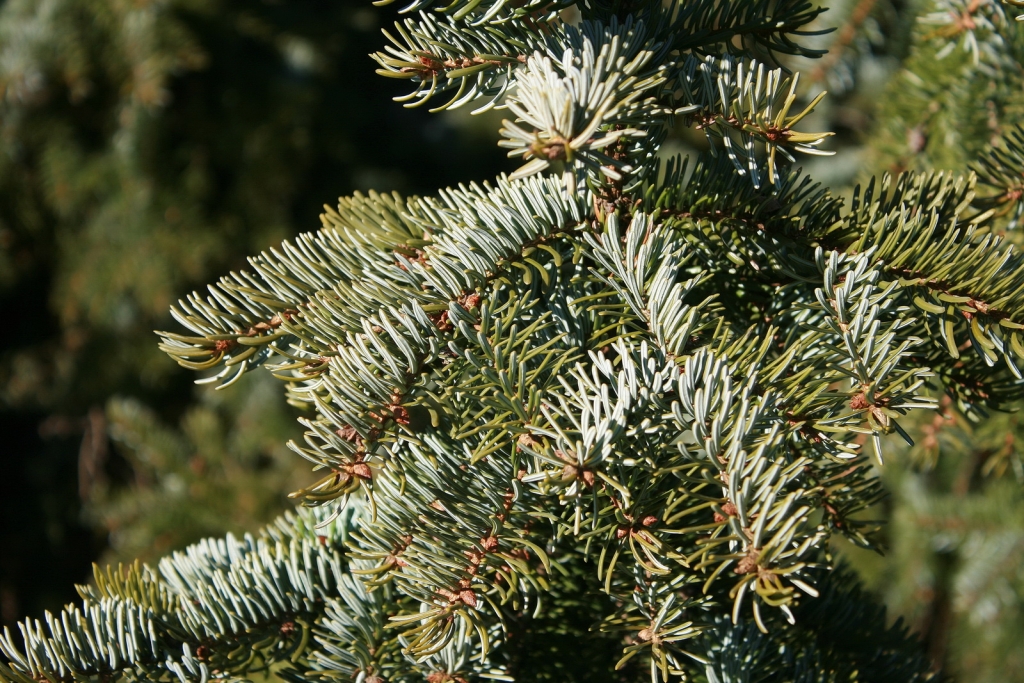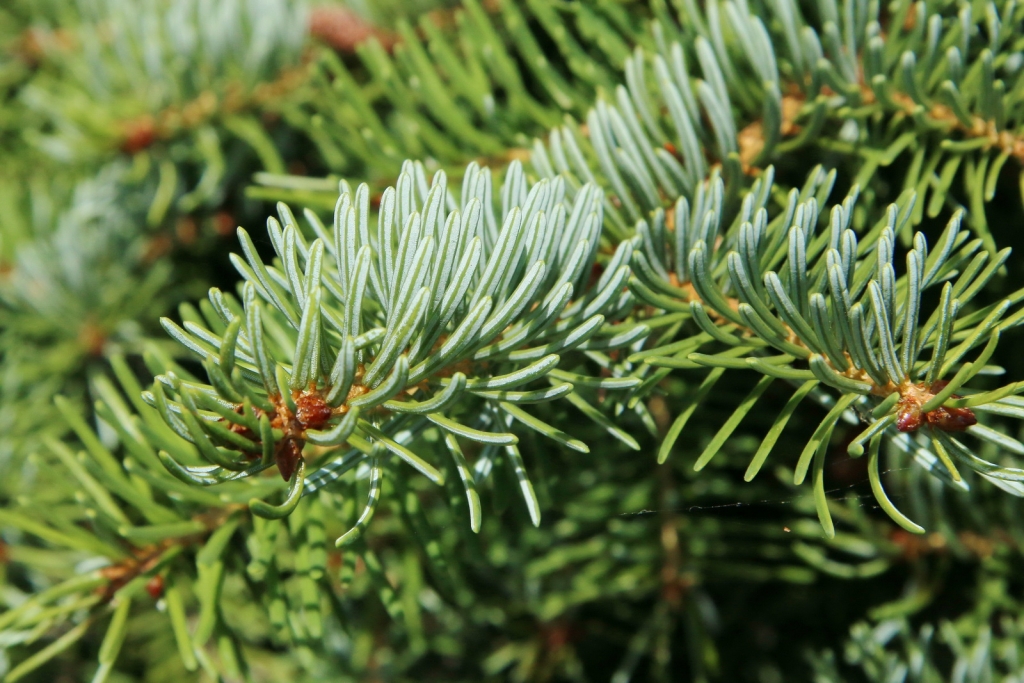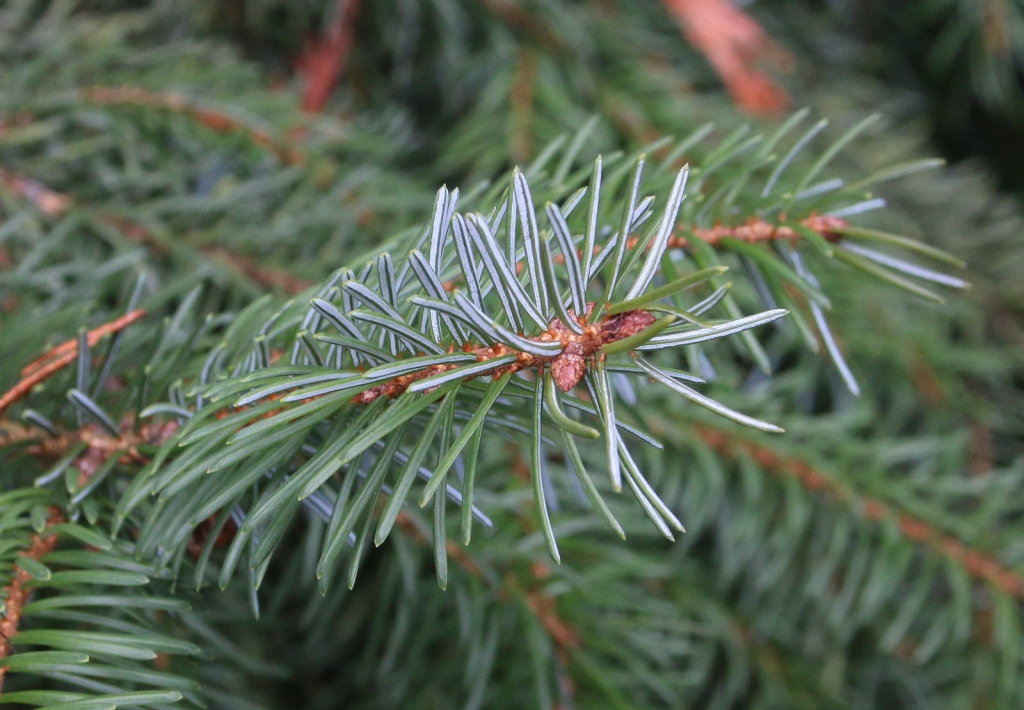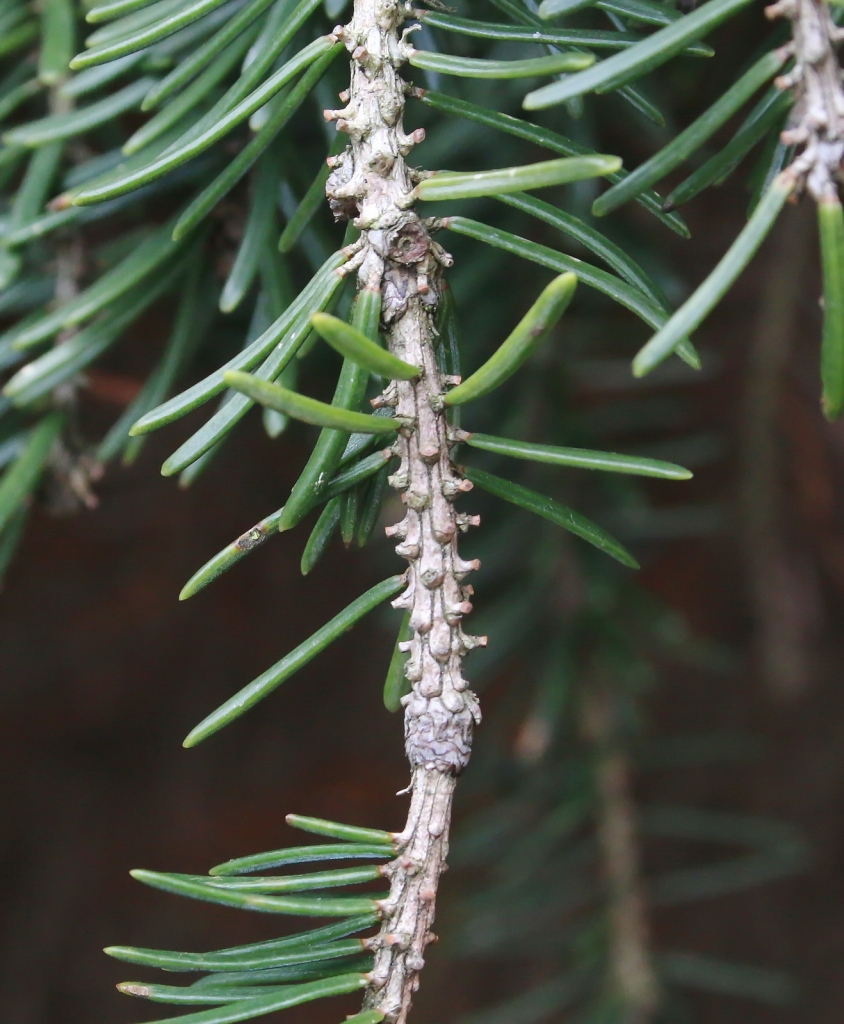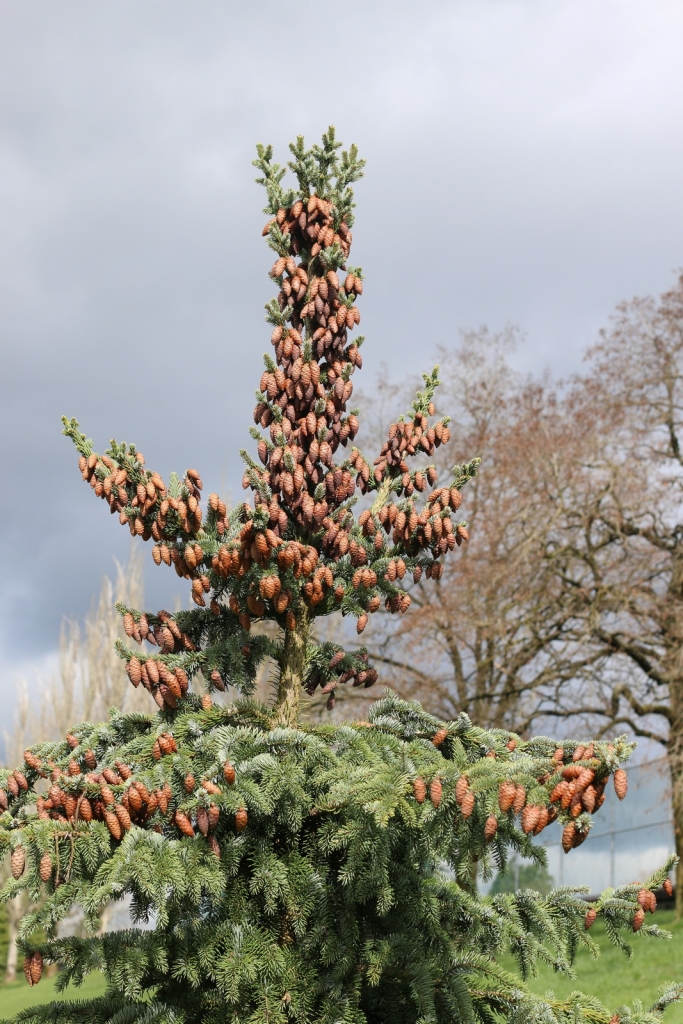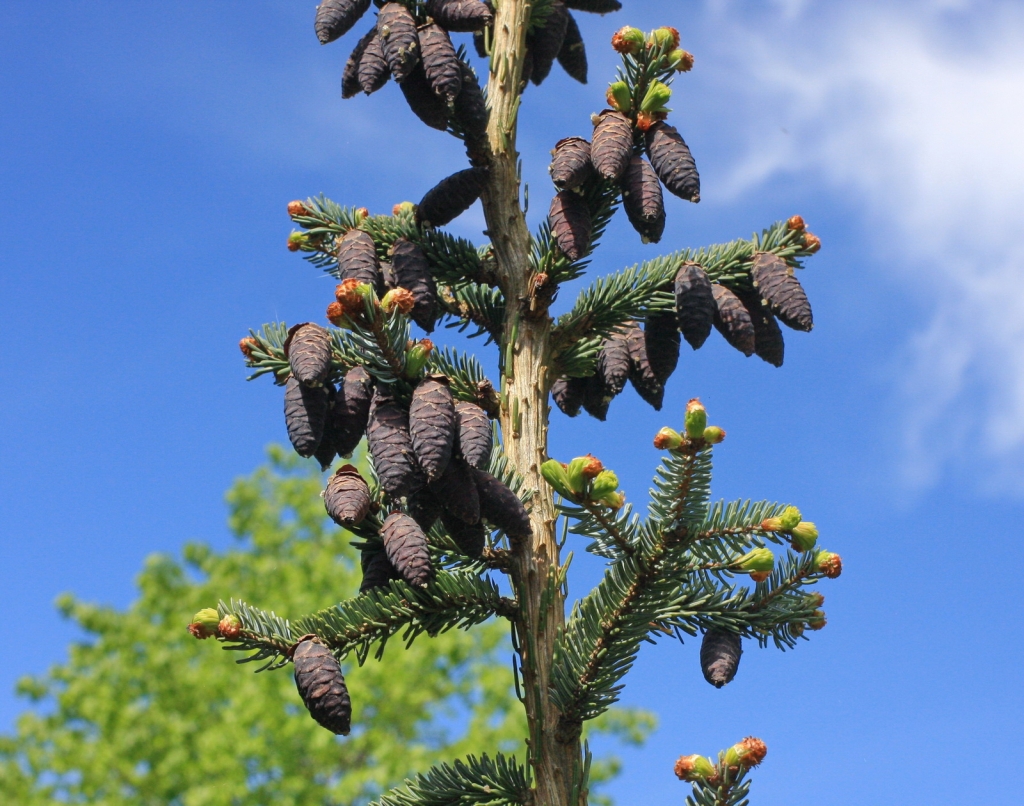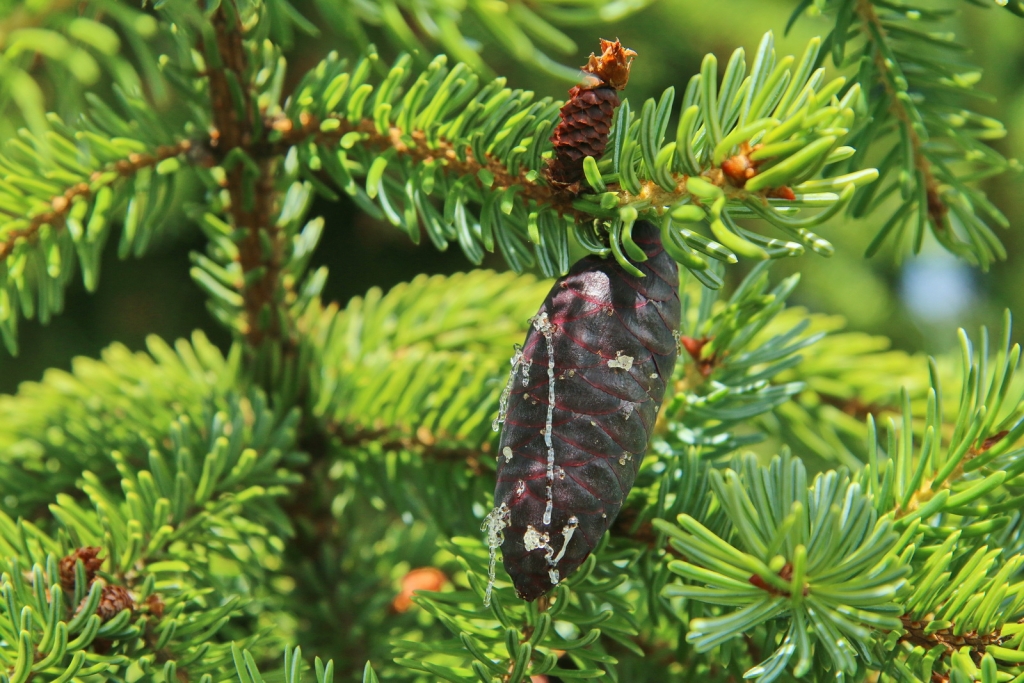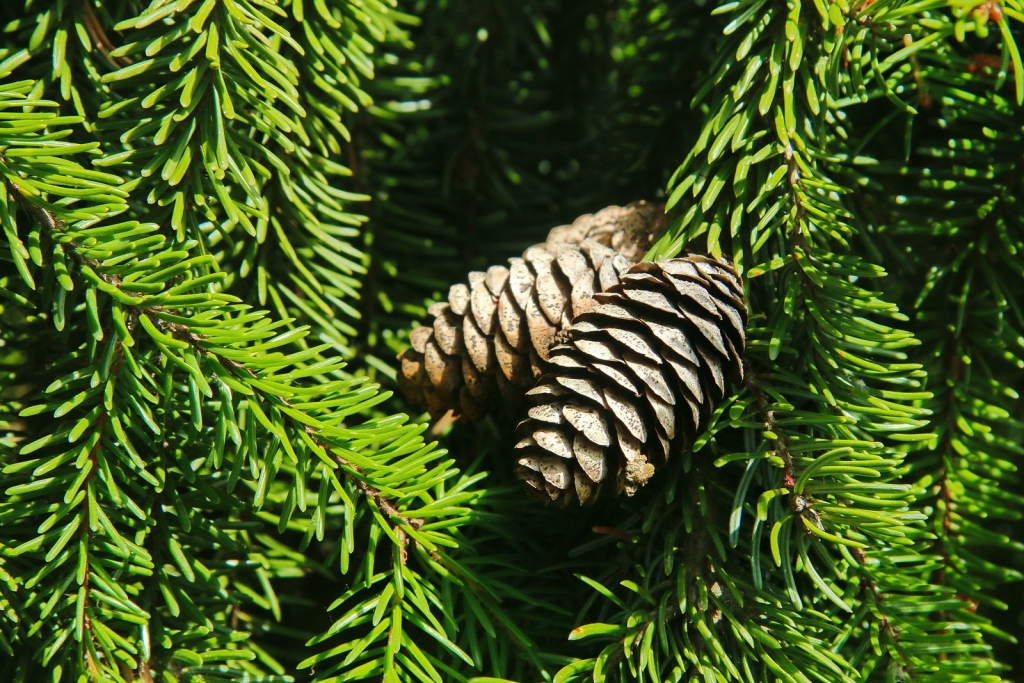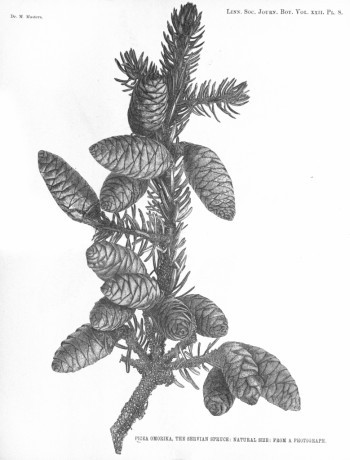
Picea omorika, as described in 1877 by Emanuel von PurkynÄ› (1832-1882), in Österreichische Monatsschrift füsr Forstwesen, 27th edition, is commonly known as Serbian spruce; as well as Панчићева омоÑ'ика (PanÄićeva omorika) in the Serbian language; as Ель ÑеÑ'бÑÐºÐ°Ñ in Russian; Serbische fichte in German; èpicea de Serbie in French; or picea di Serbia in Italian. The species name simply translates into generic "spruce" in the Serbian language.
Description. Serbian spruce is an evergreen coniferous species of tree that grows to mature heights of 165 feet (50 m) tall with a narrowly pyramidal crown and straight trunk up to 3 feet (1 m) wide, measured at breast height.
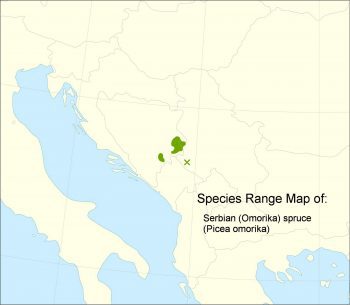
Distribution. This species is native to western Serbia and eastern Bosnia in a small area around the Drina river, on the following mountains: Tara, Zvijezda, Viogor, RadomiŠ¡lja, Jadovnik. This species was widespread in Europe millions of years ago (known by fossilized remains), but after Pleistocene glaciation it survived only in this small area. It is found on chiefly calcareous soils at elevations of 1,380 to 5,500 feet (400 - 1,700 m) above sea level, usually on steep north-facing slopes.
Hardy to USDA Zone 5 - cold hardiness limit between -20° and -10°F (-28.8° and -23.3°C).
